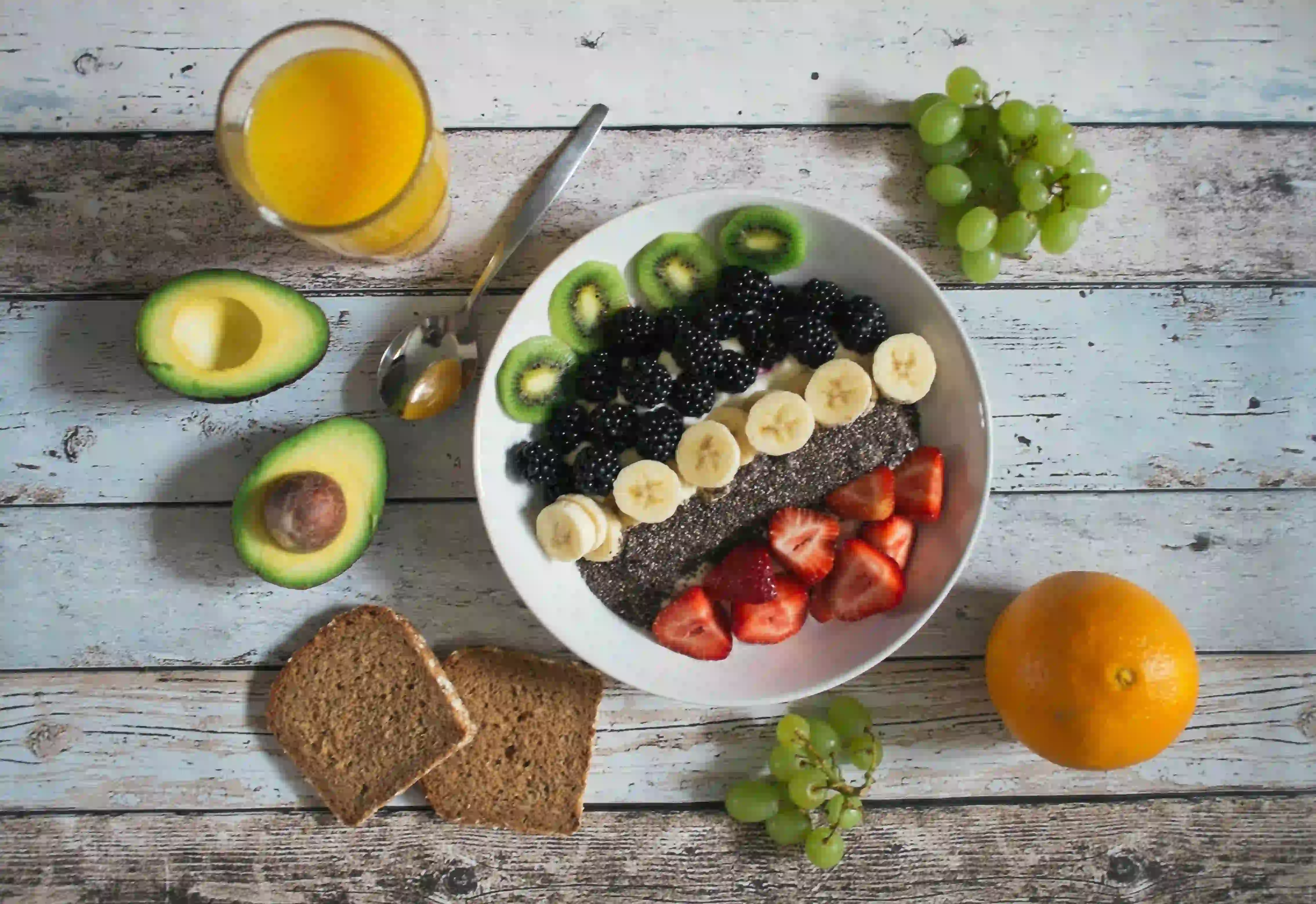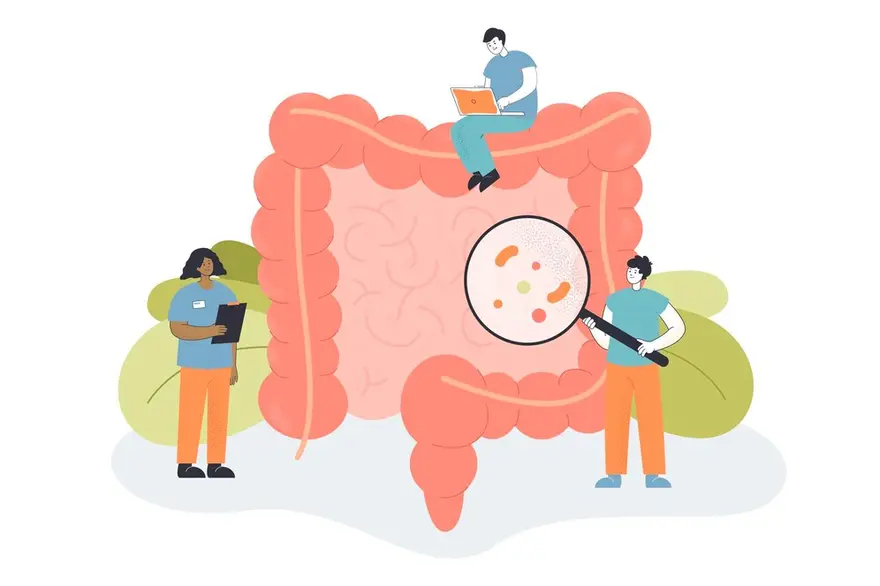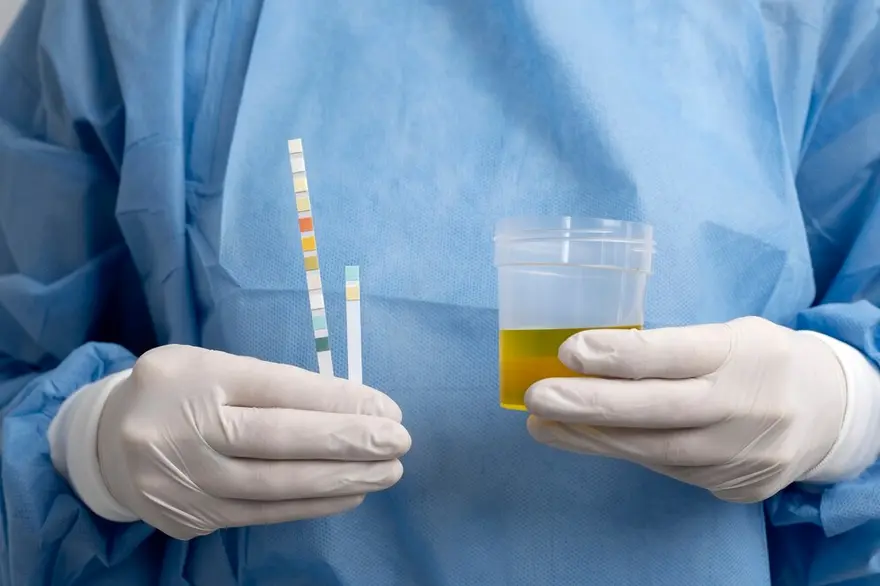Preventive Healthcare
Improve Your Well-being with These Essential High-Fibre Foods
9318 Views
0

What is fibre, and what types are there?
There are various types of fibre-rich foods, and each of them helps us to have a healthy body. Fibre is segregated into soluble and insoluble fibre. Under these two labels, there are different kinds of nutrients which your body can absorb.
The main function of high-fibre foods is to slow down the digestion process, thus allowing your body to take longer to absorb sugar from the food you eat. It prevents the abrupt increase of sugar levels in your body, an important part of managing diabetes.
Soluble fibres bind themselves with fatty acids, thus flushing them out of the body and controlling the bad cholesterol.
By eating insoluble fibre-rich foods, you can keep your body hydrated, and it helps in moving the body's waste through the intestine and also helps in curing constipation. You can also follow the high-fibre foods chart for constipation.
We get most of the fibre from the high-fibre foods and supplements we eat. Fibre-rich fruits, nuts, vegetables, grains and beans are good for health. If you are unable to get sufficient fibre from your diet, your nutritionist might ask you to take supplements.
Benefits of fibre
Below are some of the major benefits of fibre:
- Normalise bowel movements: Dietary fibre softens your stools and increases their weight and size. It becomes easier to pass bulky stools, and this reduces constipation. Even if you have watery stools, fibre can solidify them by absorbing water and adding bulk to the stool.
- Lowers cholesterol level: Soluble fibres present in flaxseed, beans and oat bran can keep a check on your cholesterol level by lowering the bad cholesterol level. Also, high-fibre foods have other benefits, like reducing inflammation and blood pressure.
- Keep a check on your blood sugar level: If you have diabetes, you can eat more soluble fibre to slow down your digestion process. It will help you to avoid sudden spikes in the blood sugar level. Soluble fibres also reduce the chances of developing type-2 diabetes.
- Gain healthy weight: High-fibre diet is more filling as compared to a low-fibre diet. Hence, you are more likely to eat less and stay full for a longer duration. If you want to lose some weight, you can make a high-fibre food list to lose weight.
- Give you a longer life: As per studies, intake of more fibres, especially cereal fibre, lowers the risk of cardiovascular disease and cancer.
High fibre-rich foods to eat
Lentils: Legumes are very rich in fibre. Lentils are called the powerhouse, as they are filled with protein, fat and fibre. The lentils come in various colours and you can have all of them.
Split peas: Split peas are rich in soluble fibres and are low in calories. This fat-free food is rich in vitamin B and contains many key minerals. Being complex carbohydrate split peas can give you energy.
Black beans: Beans are very high in fibre and acquire the top position in the high-fibrous food list. They are also rich in protein, antioxidants and potassium. It makes them a healthy and tasty choice.
Pinto beans: You can eat these beans either as a whole or you can also mash them. These beans are low in carbohydrates and rich in fibre and protein. By consuming them you will get the minerals and vitamins essential for your body.
Artichoke: Artichokes are filled with nutrients and have an earthy flavour. and are packed with fibre, folate and vitamin K. These are also good for your liver.
Chickpeas: Chickpeas are another high-fibre vegetable that is liked by many. These are packed with protein and fibre, and they can keep you full for a longer duration. Peas have amazing nutrient composition.
Chia seeds: Your body needs a spoonful of chia seeds to absorb fibre, omega-3 and protein. 2 tablespoons of chia seeds contain 10 gm of fibre.
Raspberries: Berries are a good source of fibre, and among all berries, raspberries top the list. These berries are delicious and are full of antioxidants and polyphenols and also reduce the risk of various diseases.
Blackberries: Blackberries are sweet and juicy and are also used in decorating many sweet dishes. Like raspberries, these berries are also packed with antioxidants and fibre. It helps in enhancing your blood sugar level and can minimise inflammation.
Whole wheat pasta: You may or may not consider carbs good for health, but these whole grains are rich in fibre. They are also a good source of phytonutrients, which can protect you from various diseases. Always choose whole wheat pasta in your meal.
Barley: You can never overlook barley because of its delicious taste. This chewy food with a nutty flavour is highly nutritious and contains essential fibre, minerals and vitamins. It is quite filling and helps you to avoid overeating.
Pears: These winter fruits are high in fibre, and if compared with other fruits, pears contain more soluble fibres. Thus, these fruits can slow down your digestion process and can lower your cholesterol level.
Almonds: These nuts contain unsaturated fats, which can keep your heart healthy. In addition, almonds are a good source of fibre, and you can also have them as a snack.
Oats: Include oats in your breakfast, as these are packed with both soluble and insoluble fibres. It keeps your sugar level in check and is one of the healthiest breakfast options. A half cup of oats in a day can provide your body with essential vitamins and minerals.
Broccoli: Like oats, this veggie is also packed with both soluble and insoluble fibre. It also contains Vitamin C, B9 and potassium. It also minimises the risk of cancer.
Quinoa: This gluten-free grain is rich in fibre and is packed with protein. Thus, it is a good meat substitute. Quinoa is rich in iron, which helps in brain development, and it also contains vitamin B2, which gives strength to our muscle cells.
Haas avocados: It is rich in healthy fats, and unlike other fibre-rich foods, Haas avocados can be used as a condiment.
Apples: You might have heard that an apple a day keeps a doctor away. This old proverb is correctly said. Apples come under fibre-rich fruits and contain pectin to lower cholesterol.
Green peas: These legumes are tiny in size but are packed with great nutritional value. Green peas are filled with antioxidants, vitamins B6, A, and K. Green peas contain a high amount of fibre and plant-based protein.
Frequently Asked Questions
What food is highest in fibre?
Most vegetables and fruits are rich in fibre, but you must include a high-fibre diet like oats, as it is considered one of the richest sources of fibre. Usually, 1 cup of oats contains around 7.5 grams of fibre. It can contribute a lot to your daily fibre requirements.
What are the 10 best foods for fibre?
Food like beans, broccoli, berries, avocado, whole grains, popcorn, apples, dried fruits, nuts and flaxseeds are rich in fibre. You can include any of these foods in your meal to fulfil your daily requirements for fibre. These 10 foods are fibre foods for adults and children, too.
How can I increase my fibre?
You must include fruits, high-fibre vegetables, legumes and whole grains in your breakfast. You can also experiment with brown rice, whole-wheat pasta, or barley in your lunchtime. To satisfy your cravings for cookies and cakes, you can add uncooked oatmeal to them to give a healthy treat to your taste buds.
How can I get 30g of fibre a day?
You must include 5 servings of fruits and vegetables in a day. In 3 of your main meals, include whole grains at least for 2 servings. You can check their nutritional value and this comparison will help you to know the amount. Foods containing 6g or more fibre in a serving of 100g are considered fibre-rich foods.
Conclusion
Now, from this blog, you might have understood how much fibre per day you have to consume. High-fibre foods keep many problems away, like constipation, bad cholesterol, blood sugar levels, etc. You must consume at least 30 gm of fibre per day to keep yourself healthy and disease-free. Also, you can try some fibre-rich foods for weight loss.
Metropolis Labs is a leading diagnostic lab which can help you to get yourself tested for cholesterol level, blood sugar level, etc. Cholesterol level is checked through a lipid profile, while blood sugar level is checked through a glucose screening test. You can get all such tests done at Metropolis lab, or ask for a home test facility. Getting yourself tested timely can help you keep many health issues at a distance. Do listen to your doctor and ensure to follow what they suggest.













1701259759.webp)









 WhatsApp
WhatsApp